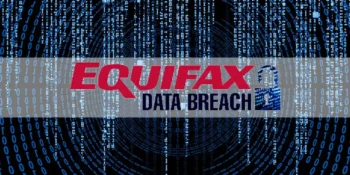Effective IT governance has become paramount as organizations increasingly rely on complex digital infrastructures to drive business operations. It is a comprehensive framework that ensures IT resources, investments, and strategies align with and contribute to the organization’s overall goals. It serves as a guiding force, providing structure, accountability, and risk management in information technology’s dynamic and ever-evolving landscape. In an era where digital resilience is synonymous with business resilience, IT governance emerges as a linchpin for success.
Aligning IT with Business Objectives
At the core of IT governance is the imperative to align IT initiatives with overarching business objectives. It is no longer a separate entity within an organization but an integral enabler of business functions. Effective IT governance ensures that IT investments, projects, and policies align strategically with the organization’s goals and vision. This strategic integration enhances operational efficiency and positions IT as a catalyst for innovation and business growth.
Risk Management and Compliance
The digital landscape is fraught with risks, from cybersecurity threats to regulatory compliance challenges. It establishes robust risk management practices, identifying, assessing, and mitigating potential risks to the organization’s IT assets. Moreover, it ensures compliance with industry regulations and standards, safeguarding the organization against legal and reputational consequences. It fortifies the digital frontier by instilling a culture of risk awareness and adherence to compliance requirements.
Decision-Making and Accountability
Transparent decision-making processes are a hallmark of effective IT governance. It involves clear communication of IT strategies, policies, and investment decisions. It establishes accountability mechanisms, ensuring that responsible parties are answerable for the outcomes of IT initiatives. Transparent leadership builds trust within the organization and enables informed decision-making that aligns with both short-term objectives and long-term strategic vision.
Performance Measurement and Improvement
IT governance emphasizes performance measurement as a means of evaluating the effectiveness of IT initiatives. Key performance indicators (KPIs) are established to assess the success of IT projects, service delivery, and overall IT performance. This data-driven approach enables organizations to identify areas for improvement, optimize processes, and foster a culture of continuous innovation and enhancement. Through regular assessments and refinements, IT governance drives excellence in IT operations.
Conclusion
IT governance is not merely a set of rules and regulations; it is a dynamic framework that guides organizations through the complexities of the digital age. IT governance becomes the backbone of digital resilience by aligning IT with business objectives, managing risks, fostering transparent leadership, and driving continuous improvement. As organizations navigate the intricate landscape of information technology, implementing effective IT governance becomes a strategic imperative, ensuring that technology not only meets the needs of the present but also paves the way for a digitally resilient and innovative future.










